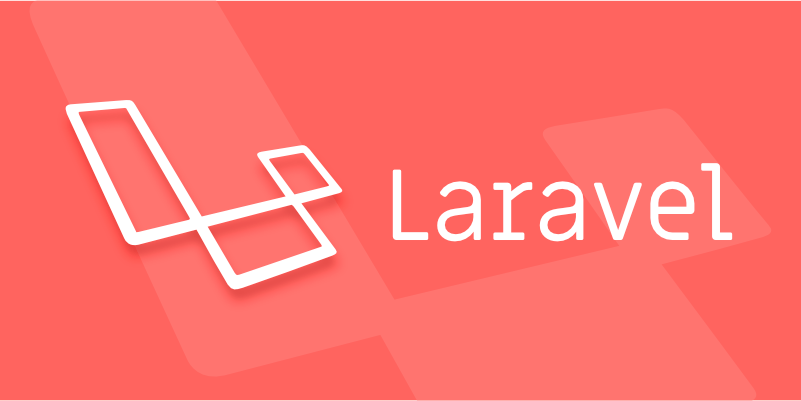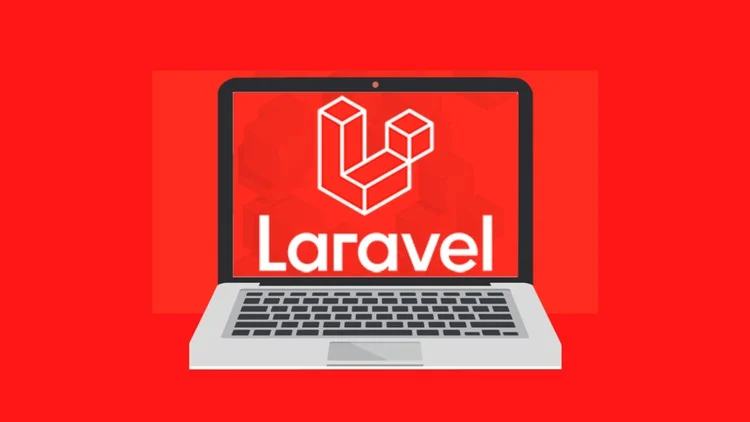Advanced data validation techniques in Laravel
Jul 02, 2025 pm 03:02 PMLaravel provides a variety of advanced data verification techniques, including encapsulating complex logic using custom rule objects, reusing verification rules using form requests, implementing conditional verification through sometimes methods, and uniqueness checking in combination with database rules. First, create a custom rule class through make:rule and define logic in passes() and message() methods, which can achieve complex verification such as age limit; second, use make:request to create a form request class to separate the verification logic and directly inject it into the controller to improve the code organization structure; third, call the sometimes() method to dynamically decide whether to verify a certain field based on the input value, which is suitable for dynamic form scenarios; finally, use Rule::unique() and call the ignore() method to exclude the current model ID, to avoid misjudgment of uniqueness during updates, and add additional query conditions in combination with where(). Together, these approaches improve the maintainability and robustness of Laravel applications.

Validating data properly is one of the most important parts of building a solid Laravel application. While basic validation gets you started, there are more advanced techniques that can help make your forms smarter, cleaner, and more secure.

Custom Rule Objects for Complex Logic
Sometimes, validation rules go beyond checking if an email is required or a password is long enough. For example, you might need to validate that a user's birthday makes them at least 18 years old — something that can't cleanly be handled with inline rules.

That's where custom rule objects come in handy. You can create a reusable rule using the make:rule Artisan command:
php artisan make:rule MinimumAgeRule
Inside the generated class, you define the logic in the passes() and message() methods. Then you can use it like this in a form request or controller:

use App\Rules\MinimumAgeRule;
$request->validate([
'birthdate' => ['required', new MinimumAgeRule(18)],
]);This keeps your validation logic clean and separated from your controllers or form requests.
Using Form Requests for Reusable Validation Logic
When you find yourself repeating the same validation across multiple places, form requests become super useful. They're custom request classes that encapsulate all the validation logic for a specific form or API endpoint.
To create one:
php artisan make:request StoreUserRequest
In the generated class, set the validation rules in the rules() method and control access via the authorize() method. Then, type-hint it in your controller:
public function store(StoreUserRequest $request)
{
// The data is already validated here
}This helps organize complex validation into dedicated files and avoids cluttering your controllers.
Conditional Validation with sometimes
There are times when a field should only be validated under certain conditions. For example, if a user selects "Other" as their gender, you might want them to fill out a text field explaining it.
Laravel gives you the sometimes() method in the validator builder for these cases. Here's how it works:
$validator = Validator::make($request->all(), [
'gender' => 'required',
]);
$validator->sometimes('gender_other', 'required|max:255', function ($input) {
return $input->gender === 'other';
});It takes three arguments:
- The field name to conditionally validate
- The validation rules
- A closure that returns true or false based on input
This is especially helpful in dynamic forms where fields appear or disappear based on user input.
Leveraging Database Rules for Unique Checks
When validating unique values ??like emails or usernames, you usually don't want to block updates just because the current value hasn't changed. Laravel provides a neat way to ignore the current model's ID during a unique check.
For example:
'email' => Rule::unique('users', 'email')->ignore($user->id),
You can also chain extra conditions, like ignoring soft-deleted entries:
'email' => Rule::unique('users')->where(function ($query) {
return $query->whereNull('deleted_at');
})->ignore($user->id),This prevents false errors when editing existing records and ensures the validation behaves correctly even after deletions.
These advanced validation techniques in Laravel help keep your codebase clean, readable, and maintainable. Whether it's breaking down complex logic into reusable rules, organizing validation into form requests, or handling conditional checks smartly, each method plays a role in making your app more robust. Basically, it's about knowing which tool fits best for each situation — and not trying to force everything into the same mold.
The above is the detailed content of Advanced data validation techniques in Laravel. For more information, please follow other related articles on the PHP Chinese website!

Hot AI Tools

Undress AI Tool
Undress images for free

Undresser.AI Undress
AI-powered app for creating realistic nude photos

AI Clothes Remover
Online AI tool for removing clothes from photos.

Clothoff.io
AI clothes remover

Video Face Swap
Swap faces in any video effortlessly with our completely free AI face swap tool!

Hot Article

Hot Tools

Notepad++7.3.1
Easy-to-use and free code editor

SublimeText3 Chinese version
Chinese version, very easy to use

Zend Studio 13.0.1
Powerful PHP integrated development environment

Dreamweaver CS6
Visual web development tools

SublimeText3 Mac version
God-level code editing software (SublimeText3)

Hot Topics
 Laravel Vue.js single page application (SPA) tutorial
May 15, 2025 pm 09:54 PM
Laravel Vue.js single page application (SPA) tutorial
May 15, 2025 pm 09:54 PM
Single-page applications (SPAs) can be built using Laravel and Vue.js. 1) Define API routing and controller in Laravel to process data logic. 2) Create a componentized front-end in Vue.js to realize user interface and data interaction. 3) Configure CORS and use axios for data interaction. 4) Use VueRouter to implement routing management and improve user experience.
 How to test Laravel API interface?
May 22, 2025 pm 09:45 PM
How to test Laravel API interface?
May 22, 2025 pm 09:45 PM
Efficient methods for testing Laravel API interfaces include: 1) using Laravel's own testing framework and third-party tools such as Postman or Insomnia; 2) writing unit tests, functional tests and integration tests; 3) emulating a real request environment and managing database status. Through these steps, the stability and functional integrity of the API can be ensured.
 How to customize Laravel's user authentication logic?
May 22, 2025 pm 09:36 PM
How to customize Laravel's user authentication logic?
May 22, 2025 pm 09:36 PM
Custom Laravel user authentication logic can be implemented through the following steps: 1. Add additional verification conditions when logging in, such as mailbox verification. 2. Create a custom Guard class and expand the authentication process. Custom authentication logic requires a deep understanding of Laravel's authentication system and pay attention to security, performance and maintenance.
 How to create Laravel package (Package) development?
May 29, 2025 pm 09:12 PM
How to create Laravel package (Package) development?
May 29, 2025 pm 09:12 PM
The steps to create a package in Laravel include: 1) Understanding the advantages of packages, such as modularity and reuse; 2) following Laravel naming and structural specifications; 3) creating a service provider using artisan command; 4) publishing configuration files correctly; 5) managing version control and publishing to Packagist; 6) performing rigorous testing; 7) writing detailed documentation; 8) ensuring compatibility with different Laravel versions.
 Laravel integration with social media login (OAuth)
May 22, 2025 pm 09:27 PM
Laravel integration with social media login (OAuth)
May 22, 2025 pm 09:27 PM
Integrating social media login in the Laravel framework can be achieved by using the LaravelSocialite package. 1. Install the Socialite package: use composerrequirelaravel/socialite. 2. Configure the service provider and alias: add relevant configuration in config/app.php. 3. Set API credentials: Configure social media API credentials in .env and config/services.php. 4. Write controller method: Add redirection and callback methods to handle social media login process. 5. Handle FAQs: Ensure user uniqueness, data synchronization, security and error handling. 6. Optimization practice:
 How to implement password reset function in Laravel?
May 22, 2025 pm 09:42 PM
How to implement password reset function in Laravel?
May 22, 2025 pm 09:42 PM
Implementing password reset function in Laravel requires the following steps: 1. Configure the email service and set relevant parameters in the .env file; 2. Define password reset routes in routes/web.php; 3. Customize email templates; 4. Pay attention to email sending problems and the validity period of tokens, and adjust the configuration if necessary; 5. Consider security to prevent brute-force attacks; 6. After the password reset is successful, force the user to log out of other devices.
 Common security threats and protection measures for Laravel applications
May 22, 2025 pm 09:33 PM
Common security threats and protection measures for Laravel applications
May 22, 2025 pm 09:33 PM
Common security threats in Laravel applications include SQL injection, cross-site scripting attacks (XSS), cross-site request forgery (CSRF), and file upload vulnerabilities. Protection measures include: 1. Use EloquentORM and QueryBuilder for parameterized queries to avoid SQL injection. 2. Verify and filter user input to ensure the security of output and prevent XSS attacks. 3. Set CSRF tokens in forms and AJAX requests to protect the application from CSRF attacks. 4. Strictly verify and process file uploads to ensure file security. 5. Regular code audits and security tests are carried out to discover and fix potential security vulnerabilities.
 What is Middleware in Laravel? How to use it?
May 29, 2025 pm 09:27 PM
What is Middleware in Laravel? How to use it?
May 29, 2025 pm 09:27 PM
Middleware is a filtering mechanism in Laravel that is used to intercept and process HTTP requests. Use steps: 1. Create middleware: Use the command "phpartisanmake:middlewareCheckRole". 2. Define processing logic: Write specific logic in the generated file. 3. Register middleware: Add middleware in Kernel.php. 4. Use middleware: Apply middleware in routing definition.






